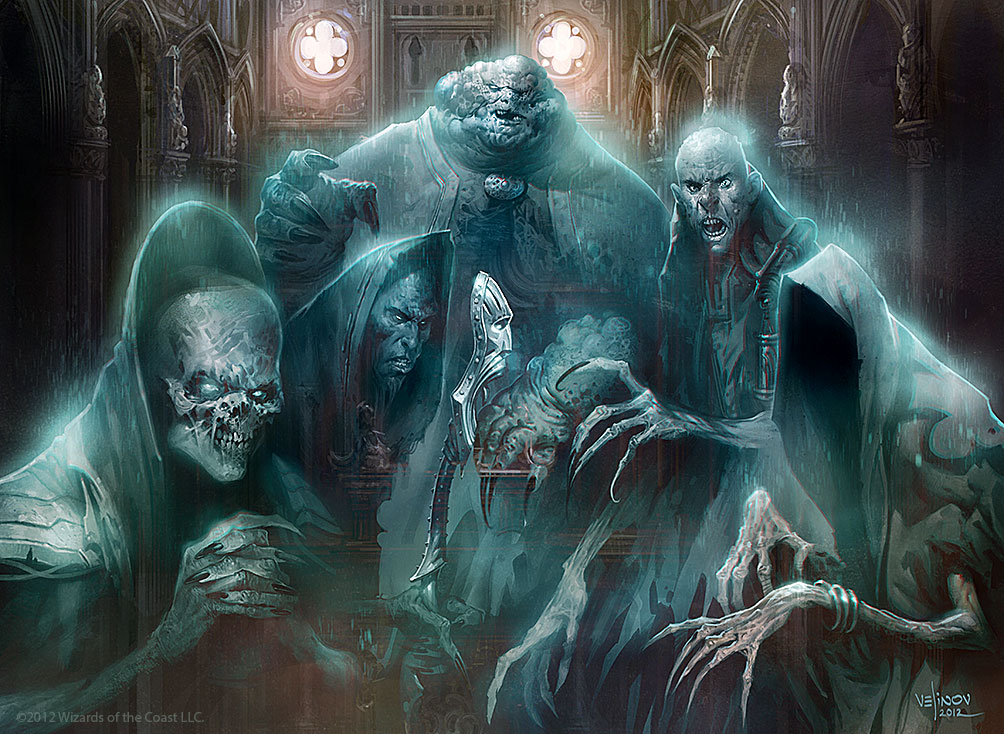Robert Svoboda, I think, has written mostly about the Aghoris and they surely are a Tantric sect. Since I don't have much interest in that kind of Tantra or religion, I have not read Svoboda's books. BTW, how is this relevant here?
The (hindu) religion in Kerala was primarily brought by the immigrating Namboodiri clans at the dawn of history (the first few centuries of the Christian era, probably). The land was then an agglomeration of so many small islets or sand banks spattered throughout the triangular area which today is the areas compromising the erstwhile Travancore & Cochin kingdoms. Most of these were not populated, the earliest people native to Kerala living along the western slopes of the mountain range and immediate adjacent areas only. Their primitive belief systems had much in common with the ancient Tamil traditions of the Canga period; devi or a female deity and the virali or its counterpart, etc., formed part of their pantheon. The Namboodiris usurped almost the entire belief systems from those primitive people and cleverly adapted certain Tantric practices to the worship. Bhagavati (the sanskrit word bhaga also means the pudendum; so, bhagavati signifies a female goddess' external genitalia) worship possibly started from the early Namboodiris.
The Tamil brahmin history in Kerala starts from the 13th. century A.D. or so. Those who went west (go westwards, young man!) through the Palghat mountain pass or gap, had to accept the superiority of the local Namboodiris who held sway over everything including the local rulers. Hence, the Tabras also fell in line, started worshipping Bhagavati and even accepted one or another Bhagavati as their "Kula Deivam" since they had no intention to go back to their old homeland in Tamil Nadu nor to keep their old Kuladeivam in currency. To that extent those Palghat Brahmins might be said to have become followers of Saktism. All temples barring a handful or so, in Kerala are based on Tantrism; so all keralites may be considered as believers of Tantrism, though most do not know this "Tantra" which is the private property of 4 or 5 Namboodiri Tharwads only.
To repeat an old story, it is the atheists and agnostics who are doing very well in these times. Religions and temples serve as emotional anchors and act as mere buffers for the stresses of modern day living. It is always convenient to place the blame on some vague entity for our own failings.
Forget gods, those who even believe in ghosts are totally insane. When a human is cremated, he is reduced to a pile of ashes and nothing more. Those who believe in ghosts and the paranormal might be schizophrenics in serious need of psychiatric treatment. To that extent, all religions are culpable of brainwashing the masses into accepting blind beliefs.

